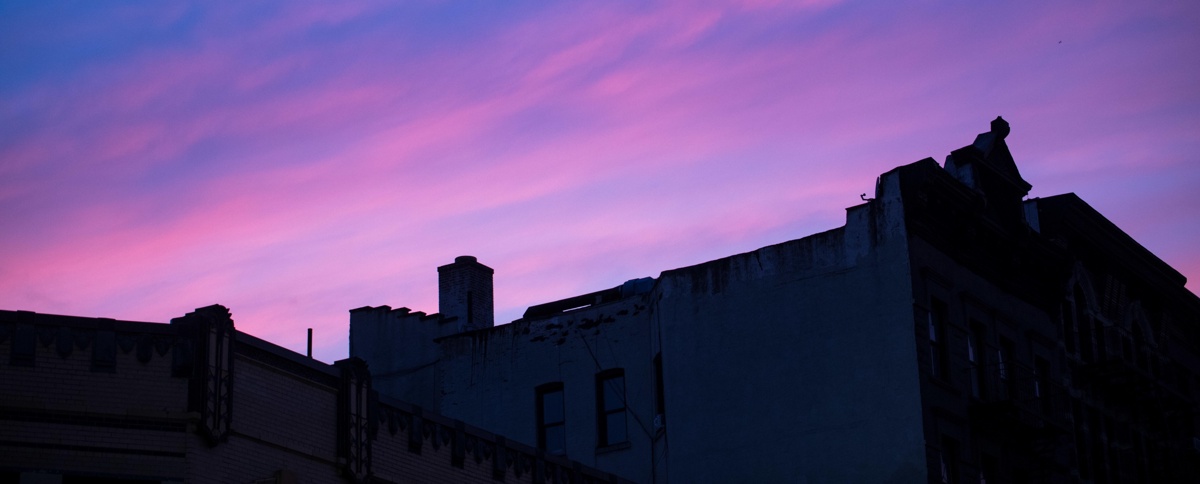How power outages affect health

Imagine your child has asthma. One summer night, a powerful storm rolls in and knocks the power out.
Your child starts to have trouble breathing. Usually, you’d use a home nebulizer, an electric machine that turns liquid medicine into a mist that your child breathes in through a face mask.
But the power is out. Without the nebulizer, your child’s breathing gets worse - and you wonder, is it time to go to the hospital again?
This scenario - or something like it - is a reality for many New Yorkers.
Asthma and many other medical conditions are treated at-home with electrical medical equipment. Citywide, 7.6% of households include someone who uses electric medical equipment, with some neighborhoods at nearly 17%.
As the chart above shows, neighborhoods with more households that rely on electrical medical equipment also have higher rates of poverty.
Poverty is created by current and historical racist practices, like redlining, that deprive people and communities of resources and harm people’s health. The Health Department has declared racism a public health crisis.
Power outages threaten health.
On Thursday, August 14, 2003, a widespread power outage stretched from NYC to Ontario, Canada, affecting 55 million people. Many areas, including here in New York City, were without power for days.
In New York City, the power outage started around 4:10pm on the 14th, a day when temperatures were in the 90s. While the power was restored in some neighborhoods by early morning on the 15th, full power for the entire city did not return until that evening.
That blackout was dangerous for NYC residents, and we can see the effects in health data. Hospitalizations for respiratory problems spiked above predicted levels.
The health impacts were not limited to just hospitalizations. In fact, the power outage was deadly.
In the chart below, you can clearly see that observed deaths generally bounce around the level of predicted deaths, staying within the prediction range. But on and after the power outage, observed deaths spiked: more people died during and immediately after the power outage.
The deaths could have been caused by many dangers of power outages: people not being able to charge medical equipment, not being able to use air conditioning on hot days, or experiencing increased physical and mental stress and isolation of living without elevators or subways.
And, when we studied hospitalization and mortality data around NYC’s smaller blackouts in July 1999 and July 2006, we saw that localized power outages also threaten health. We found an increase in hospitalizations for respiratory disease, renal (kidney) disease, and an increase in all-cause mortality (deaths).
Climate change is likely to bring more power outages…
Weather-related power outages are increasing, as climate change brings more frequent, more powerful storms that threaten our power grid and other physical infrastructure.
The chart below from www.climatecentral.org shows the increasing frequency of weather-related power outages over the last 20 years. While there are year-to-year differences, the overall increasing trend is clear.
…but not all NYC residents are prepared.
Our survey found that 58% of NYC residents have basic preparation for power outages: a working flashlight and a 3-day supply of water and food.
People with household members who depend on electrical medical equipment are more likely to be prepared for power outages (70% vs. 56% of respondents without electric-dependent household members). However, even though they are more prepared, they report not feeling more prepared as they face the challenge of ensuring that their medical equipment runs during power outages: when you need electricity to stay healthy, it’s hard to feel completely prepared for a blackout.
Stay prepared.
It’s important for our City to build a power grid that is resilient, since we expect more extreme weather as our climate continues to change. As we experience this changing climate, a reliable supply of electricity is crucial to support life-saving equipment. And it’s vital that this resiliency be equitable, so that people in high-poverty neighborhoods that have been deprived of resources aren’t made additionally vulnerable by climate change and power outages.
But we can also expect some power outages, so it’s important for residents to be prepared, especially if you or somebody in your household uses medical equipment that requires electricity - including nebulizers, dialysis machines, apnea monitors, or portable oxygen.
Tell your utility provider if you use electric-powered medical equipment. They can let you know if power problems are expected in your area. If utilities are included in your rent, you can still register for this service from your building’s utility provider:
Be ready for any emergency. Make sure you have backup batteries and/or oxygen tanks, and create an emergency contact list and a written emergency plan. For more information, call 311 or visit on.nyc.gov/power.
Even if you don’t have electrical medical equipment, it’s good to stay prepared. Here’s how:
- Create an emergency plan and contact list.
- Keep copies of important documents and cash in a waterproof bag.
- Prepare a first aid kit.
- Have a written record of your medications and a seven-day supply.
- Stock up on flashlights, extra batteries, bottled water and non-perishable food.
- Charge all communications devices and have a battery-operated radio.
- Sign up at nyc.gov/notifynyc to receive information about emergency events.
More information on emergency preparedness, and how to plan for utility disruptions (power outages).
Banner image: Benjamin Kanter/Mayoral Photo Office
Benjamin Kanter/Mayoral Photography Office, City of New York
Published on:
January 10, 2022